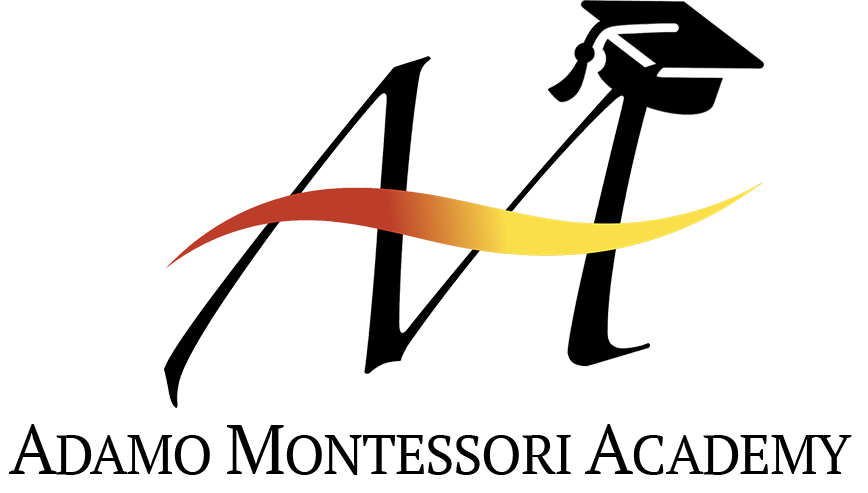RESOURCES
Helpful Links
Frequently Asked Questions
There is no one school that is right for all children, and certainly, there are children who may do better in a smaller classroom setting with a more teacher-directed program that offers fewer choices and more consistent external structure.
Children who are easily overstimulated, or those who tend to be overly aggressive, may be examples of children who might not adapt as easily to a Montessori program.
Each situation is different, and it is best to work with the schools in your area to see if it appears that a particular child and school would be a good match.
Montessori schools teach the same basic skills as traditional schools and offer a rigorous academic program. Most of the subject areas are familiar—such as math, science, history, geography, and language—but they are presented through an integrated approach that weaves separate strands of the curriculum together.
While studying a map of Africa, for example, students may explore the art, history, and inventions of several African nations. This may lead them to examine ancient Egypt, including hieroglyphs and their place in the history of writing. And the study of the pyramids is a natural bridge to geometry!
This approach to curriculum demonstrates the interrelatedness of all things. It also allows students to become thoroughly immersed in a topic—and to give their curiosity full rein.
One of the many roles of the Montessori teacher is to observe each child and the classroom community as a whole and make adaptations to the environment and lesson-planning as needed to support each child’s development. As the Montessori teacher observes, he is determining when and how to introduce a new challenging lesson to a student, and when to review a previous lesson if a skill has not yet been mastered.
While a Montessori student may choose her activities on any given day, her decisions are limited by the materials and activities in each area of the curriculum that the teacher has prepared and presented to her. The teacher’s observations inform each child’s personalized learning plan and allow each child to move through the curriculum at an appropriate pace and level of challenge.
Montessori children are unusually adaptable. They have learned to work independently and in groups. Since they have been encouraged to make decisions from an early age, these children are problem-solvers who can make choices and manage their time well. They have also been encouraged to exchange ideas and to discuss their work freely with others and good communication skills ease the way in new settings. Research has shown that a predictor of future success is a sense of self-esteem. Montessori programs based on self-directed, non-competitive activities, help children develop good self-images and the confidence to face challenges and change with optimism.
1. The Prepared Environment: Montessori classrooms are prepared in advance based on observations of the Montessori students’ individual needs. They include student-centered lessons and activities. Traditional classrooms are based on teacher-centered lessons or activities.
2. Active vs. Passive: Montessori lessons are hands-on and active. Students discover information for themselves. Traditional school lessons are often orated to students who listen passively, memorize, and take tests.
3. Give ‘Em Time: In the Montessori classroom, children work on lessons as long as need be, and interruptions are avoided whenever possible. Time limitations are mandated by arbitrary schedules in traditional classrooms.
4. The Teachers’ Role: Montessori teachers act as guides and consultants to students on a one-on-one basis. They assist each child along his or her own learning path. Traditionally, the pace and order of each lesson is predetermined. The teacher must deliver the same lesson, at the same pace, in the same order, for all of the students.
5. Age Groups and Grade-levels: In Montessori schools, “grade-levels” are flexible and determined by the child’s developmental range, i.e., 0-3, 3-6, 6-9, 9-12, 12-15, and 15-18 years of age. In traditional schools, grade levels are not flexible and strictly defined by chronological age within a twelve-month period.
6. Adaptable Curricula: Montessori curricula expand in response to the students’ needs. Traditional curricula are predetermined without regard to student needs.
7. Pace Yourself: The individual child’s work pace is honored and encouraged in the Montessori classroom. Traditional classrooms expect all children to work at the same pace.
8. Self-Made Self-Esteem: Montessorians understand that the child’s self-esteem comes from an internal sense of pride in his or her own accomplishments. In traditional classrooms, self-esteem is thought to come from external judgement and validation.
9. For the Love of Learning: Montessori curricula are intended to appeal to the child’s innate hunger for knowledge. Children learn to love learning. Traditional curricula focus on standardized test performance and grades. Children learn because it is mandatory.
10. Change is Good: The Montessori Method was created by Maria Montessori and is based on a lifetime of study and observation about the way children really learn. Traditional education is based on. . .well. . .tradition.
“The greatest sign of success for a teacher is to be able to say, “The children are now working as if I did not exist.”
– Maria Montessori
